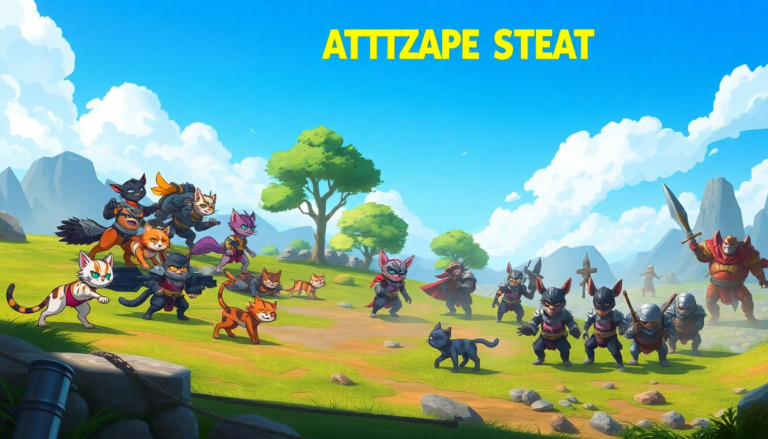Argomenti trattati
Understanding the Basics of The Battle Cats Attack System
The Battle Cats is a popular tower defense game that engages players with its unique characters and strategic gameplay. One of the critical components of this game is its attack system, which dictates how players interact with enemies. If you’re trying to remake this attack system, it’s essential to grasp its foundational mechanics. In this context, you might encounter issues where neither the enemies nor the cats take damage, despite other functionalities like movement working correctly.
Identifying the Problem in Your Code
When developing or modifying a game, especially when working with its attack mechanics, it’s crucial to pinpoint where the issues arise. In your code, you may have written segments that seem logically sound but fail to yield the expected outcome. For instance, if you’re using GameMaker Language (GML) to define how your characters interact with enemies, ensure that the collision detection is functioning correctly. The following snippet illustrates a common approach:
if(place_meeting(x-3,y,enemyarray)) {
enemytoattack = other;
alarm[0] = 1.23 * game_get_speed(gamespeed_fps);
}
This code checks if the cat is meeting an enemy and sets up the enemy to be attacked. However, if this isn’t working, you may need to examine how the enemyarray is defined and whether it correctly references the enemies on the battlefield.
Implementing the Damage Logic
Another critical part of the attack system is the logic that applies damage to the enemy. In your original code, you might have something like this:
enemytoattack.hp -= self.dmg;
if(place_meeting(x-3,y,enemytoattack)) {
alarm[0] = 1.56 * game_get_speed(gamespeed_fps);
}
This logic should effectively reduce the enemy’s health points (hp) by the damage inflicted by the cat. If this isn’t functioning, verify that self.dmg is correctly defined and that enemytoattack is accurately referencing the targeted enemy. Additionally, ensure that the collision check is appropriate, as a failure here can lead to the attack logic not executing at all.
Debugging Techniques to Resolve Issues
Debugging is a vital part of game development. When faced with issues in your attack system, consider utilizing various debugging techniques. Here are some effective strategies:
- Print Statements: Use print statements to output the values of variables at different points in your code. For instance, printing the value of enemytoattack.hp before and after the damage is applied can help confirm whether your damage logic is executed.
- Visual Indicators: Implement visual feedback in your game, such as flashing the enemy when they receive damage. This can help you confirm whether the attack is working even if the health numbers aren’t updating as expected.
- Step Through Code: If your game engine supports it, use a debugger to step through your code line by line. This hands-on approach can help you understand the flow of your program and identify where things might be going awry.
Testing and Iterating on Your Attack System
Once you’ve identified and fixed the issues in your attack system, it’s crucial to test your modifications thoroughly. Create various scenarios where the attack mechanics are put to the test, such as:
- Engaging multiple enemies at once to see how the system handles crowd control.
- Testing different types of cats and their unique abilities to ensure the attack logic applies correctly across the board.
- Monitoring performance to ensure that frame rates remain stable during intense combat situations.
Iterate on your design by gathering feedback from playtesters. Observing how others interact with your modified system can provide invaluable insights into further improvements.
Conclusion
Revamping the attack system in The Battle Cats can be a rewarding challenge for game developers. By understanding the mechanics involved, troubleshooting code issues, and implementing effective debugging strategies, you can create a more engaging gameplay experience. Remember, game development is an iterative process, and continuous testing and feedback will help you refine your systems into something truly enjoyable for players.

